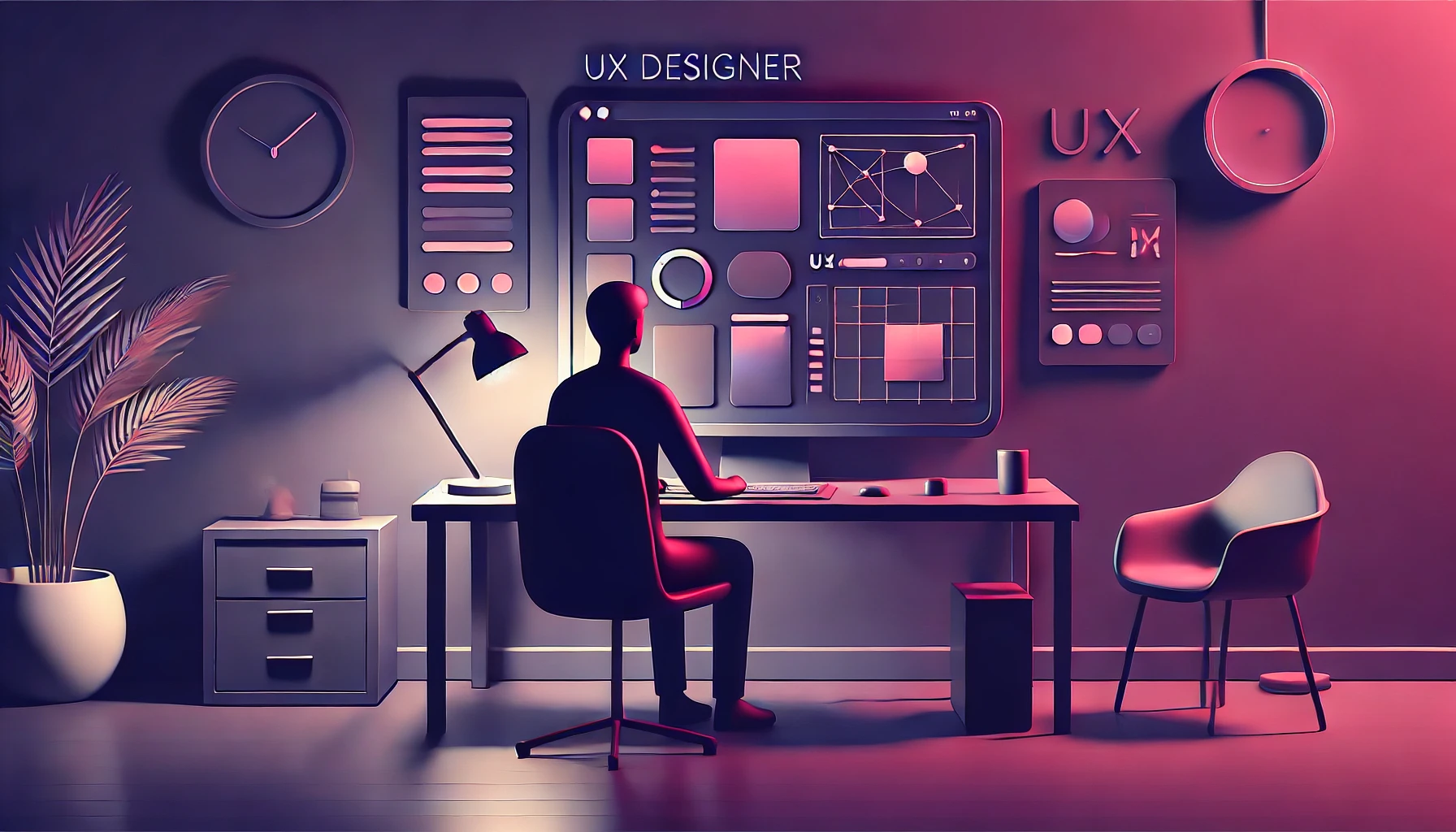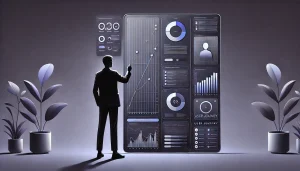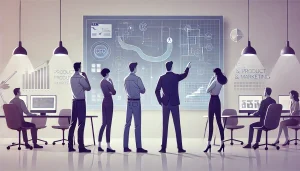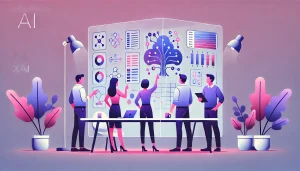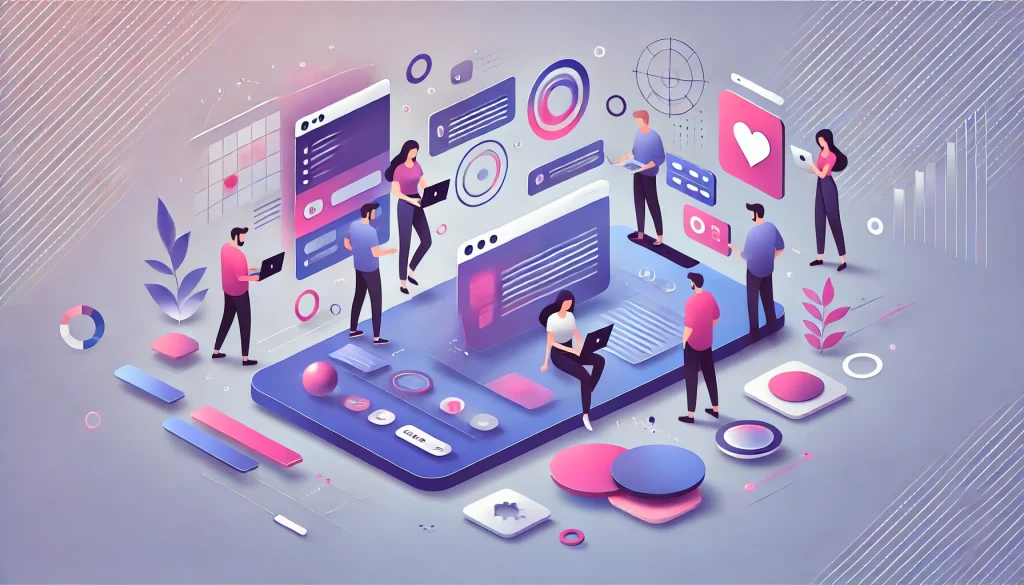
In most industries, a project has a clear beginning and end. A building is complete when the last brick is laid. A book is finished once it’s printed. But when it comes to digital products, design does not quite work the same way. There is a common misconception that a product can reach a “final design,” a state where the interface is perfected and nothing more needs to be done. The reality is that UX design is never truly finished. It evolves continuously as users, technologies, and contexts change.
This perspective is important not only for designers, but also for product managers, engineers, and business leaders who depend on design to drive growth and adoption. At f1Studioz, this mindset underpins much of the work we do: treating UX as an ongoing process rather than a one-time milestone.
Why “final design” is a myth
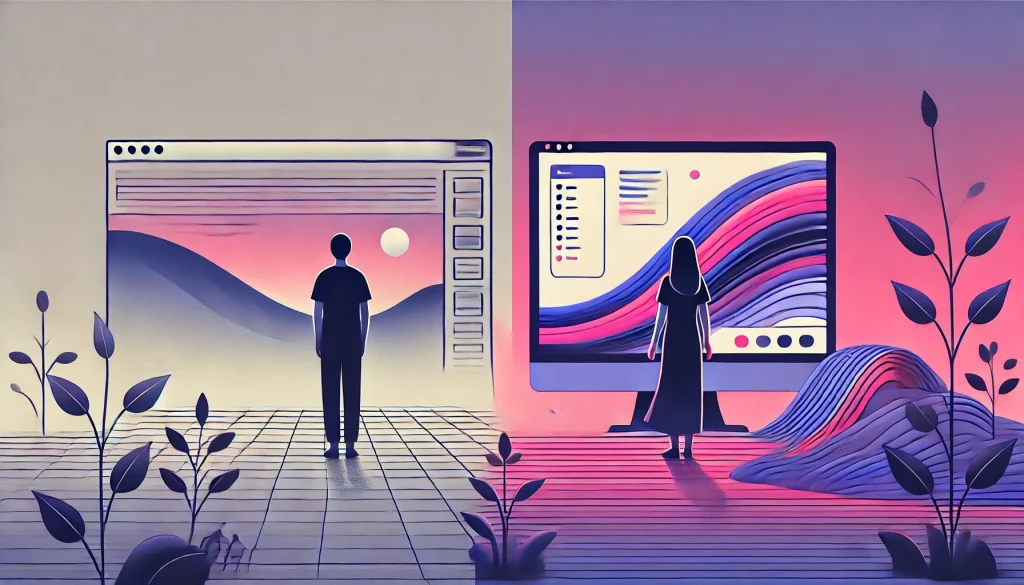
The idea of a final design assumes that user needs, behaviors, and expectations are static. But digital ecosystems are dynamic by nature. New devices emerge, patterns of interaction shift, and what feels intuitive today can feel outdated tomorrow. Think of how quickly swiping gestures, voice commands, or dark mode went from being novel features to user expectations.
User behavior itself also changes over time. A product may be designed for a specific audience at launch, but as it scales, the user base diversifies. Their feedback often uncovers gaps in the experience, requiring iteration. If a design does not evolve with its users, it risks becoming irrelevant.
We’ve seen this first-hand in projects where rapid scaling demanded ongoing design adaptations.
The forces driving continuous evolution
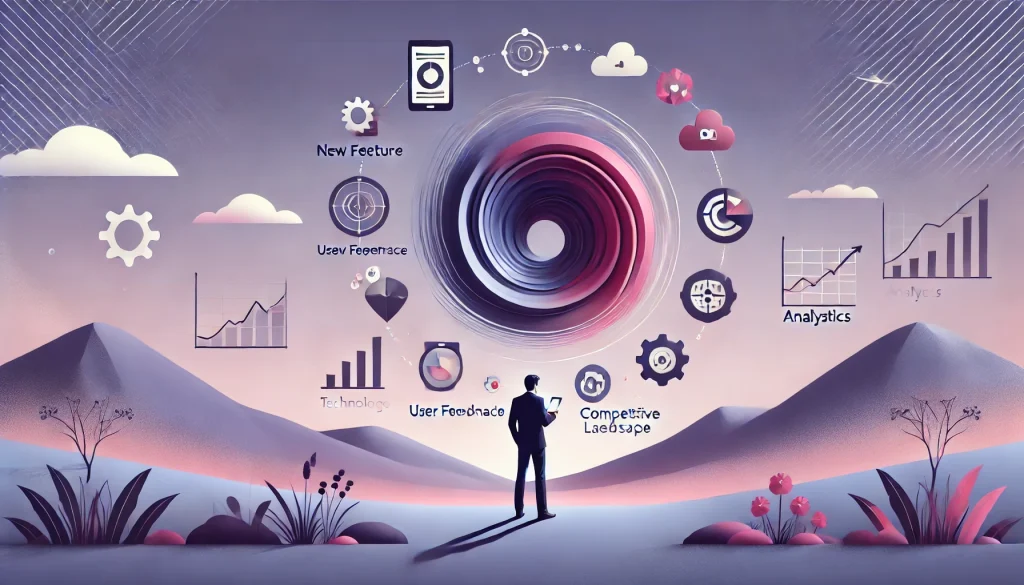
Several factors explain why UX is never really done:
- Shifts in technology: Every wave of technology – from touchscreens to wearables to AI assistants – reshapes how people interact with products. A static design cannot keep pace with these shifts.
- Changing business priorities: Products are often redesigned when companies pivot, expand into new markets, or update their positioning. A design that worked for an early-stage startup may no longer fit a scaled enterprise.
- User feedback and analytics: No amount of upfront research can anticipate every scenario. Once users begin interacting with a product, real-world feedback reveals friction points that need to be addressed. Research suggests only 55% of companies conduct UX testing, meaning nearly half may be missing critical insights to inform iteration.
- Competitive space: The benchmark for good design keeps rising. If competitors adopt more seamless experiences, users expect the same from others. This keeps the cycle of redesign and refinement alive.
Iteration is the real process
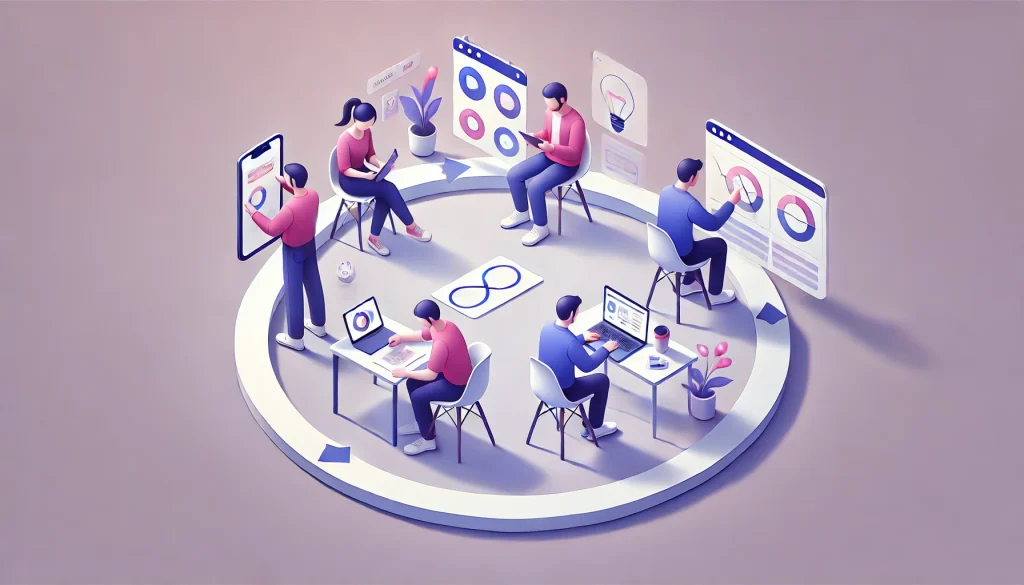
Instead of looking for a “final design,” teams should embrace iteration as the heart of UX. Iteration is not about endless tinkering but about making data-informed improvements at every stage of a product’s lifecycle.
For example, usability testing may show that users are taking too many steps to complete a task. Designers can simplify flows and test again. Or analytics might reveal that users are dropping off at a certain point in onboarding, prompting a rethink of the experience. Studies show that improving UX design can raise customer conversion rates by up to 400%, proving that iteration directly impacts business outcomes.
Iteration also allows room for experimentation. Small A/B tests, feature toggles, and phased rollouts help teams learn what works best without disrupting the entire product. This makes design a continuous loop of discovery, testing, and refinement.
The role of design systems in ongoing UX
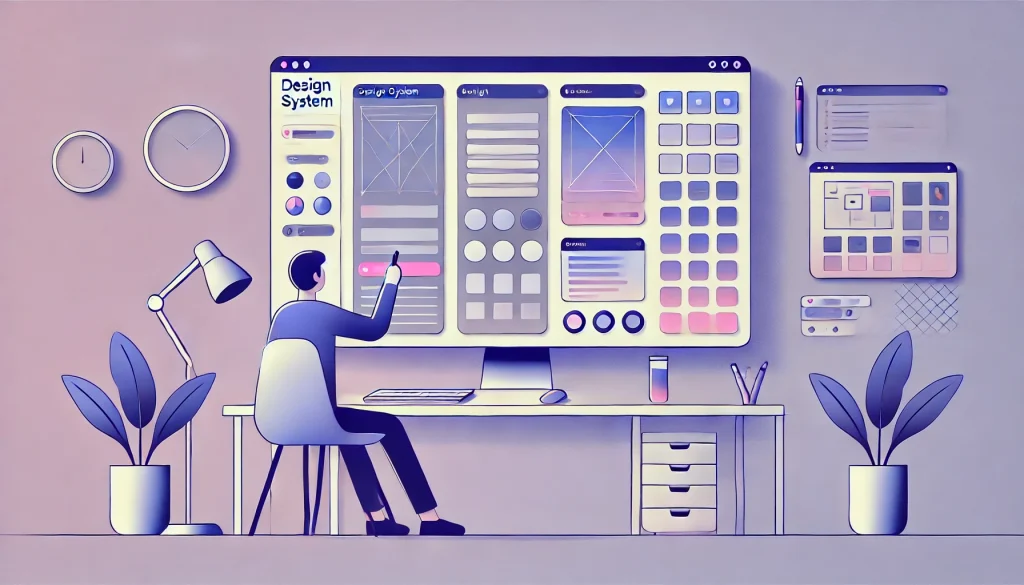
One way to manage this never-finished nature of design is by investing in design systems. A design system provides reusable components, style guides, and patterns that bring consistency across products while still allowing flexibility for updates.
With a strong system in place, teams can adapt more quickly to new requirements without reinventing the wheel. This speeds up iteration while maintaining a cohesive experience. It also ensures that changes are scalable, particularly when multiple teams are working on different parts of the same product. f1Studioz helps organizations build scalable design systems that enable agility without compromising on consistency.
Adopting the mindset of continuous UX
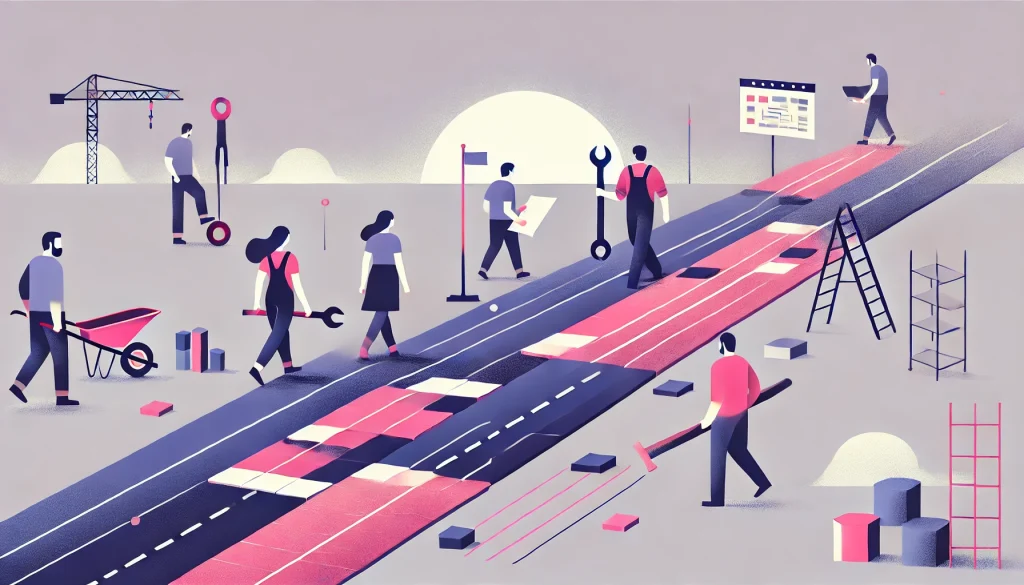
Accepting that UX is never final requires a cultural shift within teams. Business leaders need to view design not as a one-time cost but as an ongoing investment. Designers, in turn, must balance creativity with pragmatism, recognizing that perfection is less important than progress.
This approach also requires cross-functional alignment. Engineers, product managers, and marketers must all understand that design changes are not a sign of poor planning but of responsiveness to reality. When everyone shares this mindset, teams are more agile and better equipped to create products that stand the test of time.
The long-term payoff
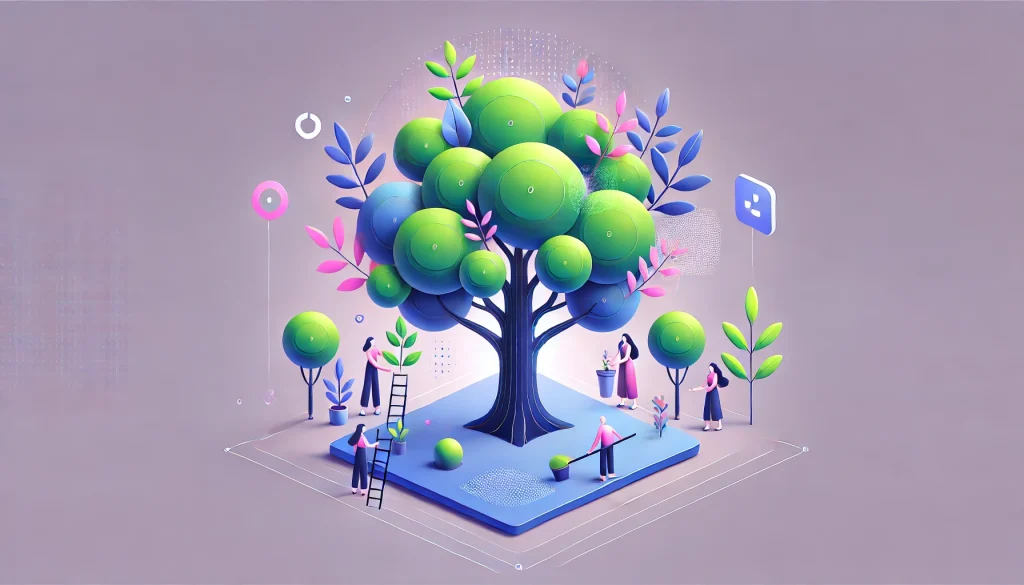
While continuous iteration may sound resource-intensive, it pays off in the long run. Products that evolve with their users enjoy higher engagement, loyalty, and trust. They avoid the costly mistake of falling behind and needing complete overhauls later.
Take any enduring digital product – whether it’s an e-commerce platform, a collaboration tool, or a banking app – and you’ll see countless redesigns and refinements over the years. Their success lies not in having ever reached a “final” design, but in constantly adapting to stay relevant.
How f1Studioz embraces “never final” UX
We at f1Studioz don’t see design as a deliverable but as a living practice. Our process is built around three pillars:
- Continuous research and testing: Every project includes cycles of user feedback, analytics review, and usability validation to ensure designs reflect real-world needs.
- Design systems for scale: We create and maintain systems that allow teams to move faster while keeping experiences consistent and adaptable.
- Collaborative iteration: We work hand-in-hand with product managers, engineers, and business leaders, ensuring design decisions are aligned with both user expectations and business outcomes.
This approach has helped us deliver solutions that not only launch successfully but continue to grow and evolve with their users.
Conclusion
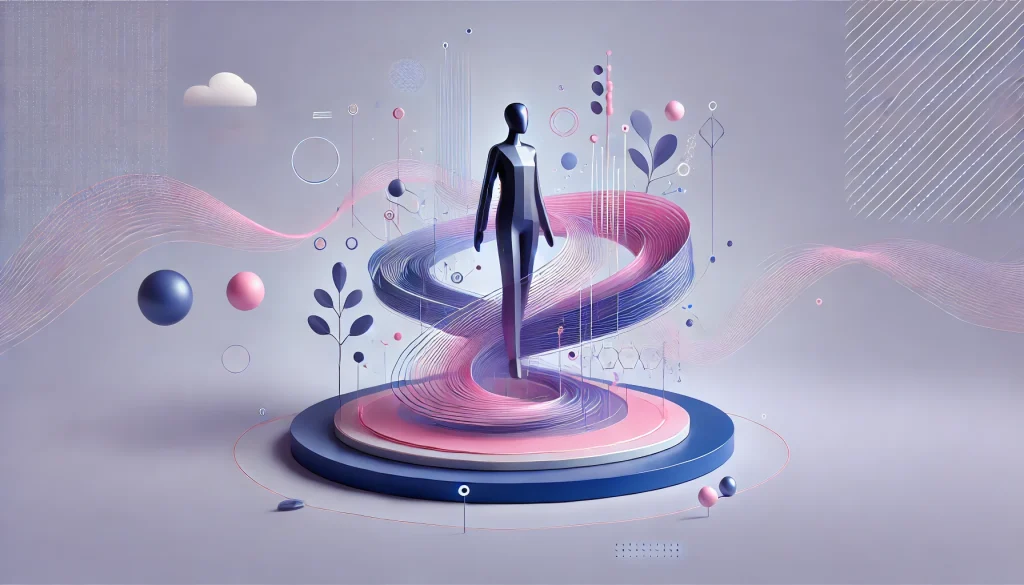
The myth of the final design oversimplifies what UX truly is: a living, evolving practice. Good design is not a finish line but a cycle of learning and improvement. By embracing iteration, leveraging design systems, and staying aligned with user needs, teams can build products that continue to deliver value long after their initial launch.
At f1Studioz, we believe the best products are those that accept this reality and thrive on change. UX is never really done – and that’s exactly what makes it so impactful.
Frequently asked questions
Q1. What does it mean when we say “UX is never really done”?
It means that user experience design is a continuous process. User needs, technology, and business goals keep changing, so products must evolve to stay relevant.
Q2. Isn’t constant iteration expensive for businesses?
Iteration does require ongoing investment, but it often saves money in the long run. Small, regular updates prevent the need for costly, large-scale redesigns later.
Q3. How do teams decide what to improve in UX?
Teams rely on user feedback, usability testing, analytics, and industry trends to identify what needs refinement. The goal is to reduce friction and improve satisfaction.
Q4. Can a product ever be considered “finished”?
A product may be complete for a given release, but it’s never permanently finished. Every release is simply the best version for that moment in time.
Q5. What role do design systems play in continuous UX?
Design systems create consistency and efficiency by providing reusable components and patterns. They make iteration faster and more scalable.
Q6. Who should be involved in ongoing UX improvements?
Beyond designers, product managers, engineers, and business leaders all play a role. Cross-functional collaboration ensures design changes align with broader goals.
Q7. How often should UX be revisited?
There’s no fixed timeline. UX should be reviewed whenever user behavior, technology, or business objectives change – or when analytics show friction in the current experience.

